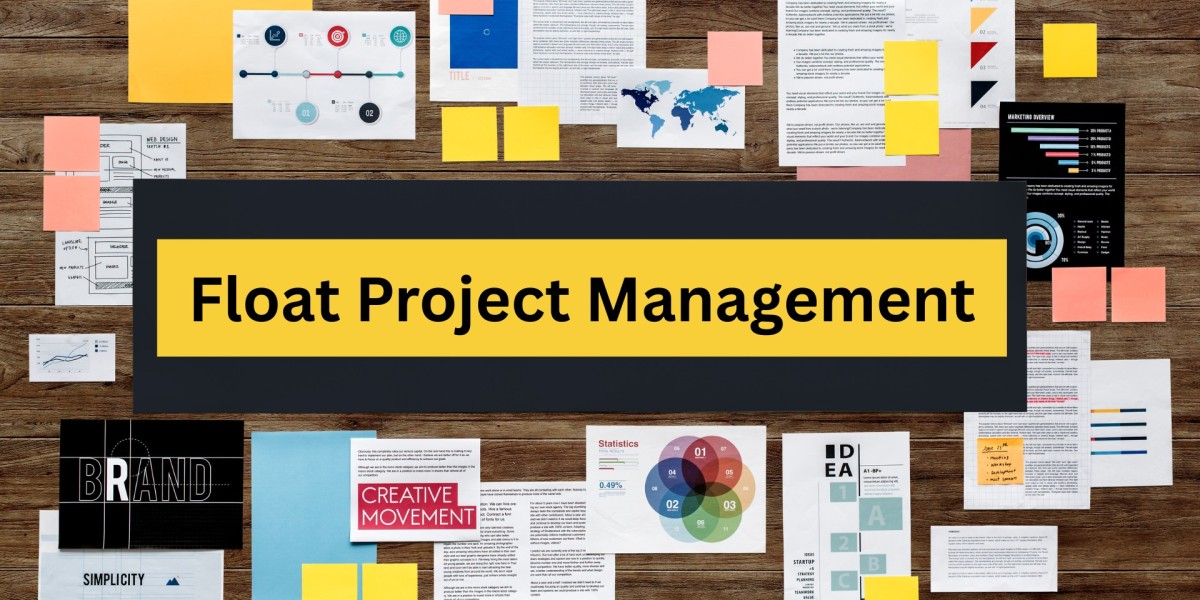You set realistic deadlines, assign capable team members, and create detailed task lists. Yet, delays still happen. Why?
Because most project plans fail to account for unexpected changes or delays.
This is where the concept of float comes in a time management strategy that gives your schedule breathing space. Float (also known as slack) refers to the flexibility a task has before it begins to affect others. It helps project managers manage uncertainty without panic.
In this article, you'll learn about float project management, what float means in scheduling, how to calculate it, and how to use it to your advantage.
What Is Float and Why Does It Matters ?
Float refers to the extra time a task can be postponed without affecting the project’s final deadline. It prevents a single delay from snowballing into a larger timeline disruption.
There are two types you should know:
Free Float: The time a task can slip without affecting the next one.
Total Float: The amount of time a task can be delayed without impacting the overall project deadline.
Understanding these gives project managers a cushion to manage risks and adjust work without chaos.
The Connection Between Float and the Critical Path
The critical path refers to the series of tasks that must be finished on schedule to ensure the project stays on track. These activities have zero float, meaning there is no room for delay.
Tasks not on the critical path may have a float, giving you work schedule flexibility. This is helpful when:
Resources need to be reallocated
A team member is unavailable
Minor setbacks occur
Knowing which tasks have float allows you to focus on what absolutely must be done on time.
How to Calculate Float in Your Schedule
You don’t need complex math to calculate floats. Here's a simple method:
List your tasks: Write out all tasks, durations, and dependencies.
Build a network diagram: Visualize task sequences and relationships using a Gantt chart or flowchart.
Determine early and late start/finish dates: Figure out the earliest and latest times each task can begin and end without affecting the schedule.
Use this formula: Float = Late Start – Early Start or Float = Late Finish – Early Finish
Float values help you identify which parts of the project can shift without causing a delay.
Practical Uses of Float in Scheduling
Float isn’t just for emergencies. Here’s how it supports smarter project controls decision:
Improved flexibility: Use the float to reassign resources when needed.
Stress-free workflows: Less panic when tasks don’t go perfectly.
Better risk management: Float provides a buffer to address issues before they escalate.
Think of it like the shock absorbers in a car. Even when the road gets rough, everything keeps moving forward without too much trouble.
Tools to Help Track Float Easily
While floats can be tracked manually, project management tools simplify it. Here are a few:
Microsoft Project: Highlights float in task timelines automatically.
Primavera P6: Great for large projects with complex dependencies.
EmpMonitor: While primarily for productivity tracking, it complements scheduling by identifying work patterns and time use.
These tools help you visualize float and update it in real-time as tasks progress or shift.
Mistakes to Avoid with Float
Float can be incredibly helpful, but only when it's used correctly. Here are common pitfalls:
Misusing float as buffer time
Float is a planning tool, not a reason to delay.
Failing to update the float
Project timelines shift, so float must be recalculated regularly.
Not recognizing dependencies
Float only exists when task relationships are clearly defined.
Keep your float strategy accurate and current, and it becomes one of your most powerful tools.
You can also watch : EmpMonitor: All-In-One Workforce Management Solution | Employee Monitoring Software
Final Thoughts
Learning to mnage floats gives you more than time, it gives you control.
Instead of reacting to problems at the last minute, you will be prepared to respond with confidence and control. Whether juggling multiple tasks or working against a tight deadline, float provides the flexibility to get things done without stress.
Float project management is more than just a technique. It is a strategic mindset that equips you to not only create an effective project plan but also lead it through to successful completion.







